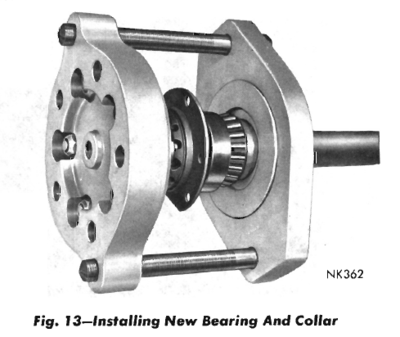Mysons68 dart
Active Member
Got a set of Green axle bearings from doctor diff A while back had my I axles shortened and resplined just got those back whet to install the bearings they fit fine but the collars are really tight .
I am a maintenance mechanic and have installed hundreds of barings high speed low speed repaired many shafts and I know that a collars like that should only be 2 to 3 thousands under size but These collars are 8 thousands undersize, Going to call Cas tomorrow but if you guys have any information for me today I would appreciate it.
I am a maintenance mechanic and have installed hundreds of barings high speed low speed repaired many shafts and I know that a collars like that should only be 2 to 3 thousands under size but These collars are 8 thousands undersize, Going to call Cas tomorrow but if you guys have any information for me today I would appreciate it.

















